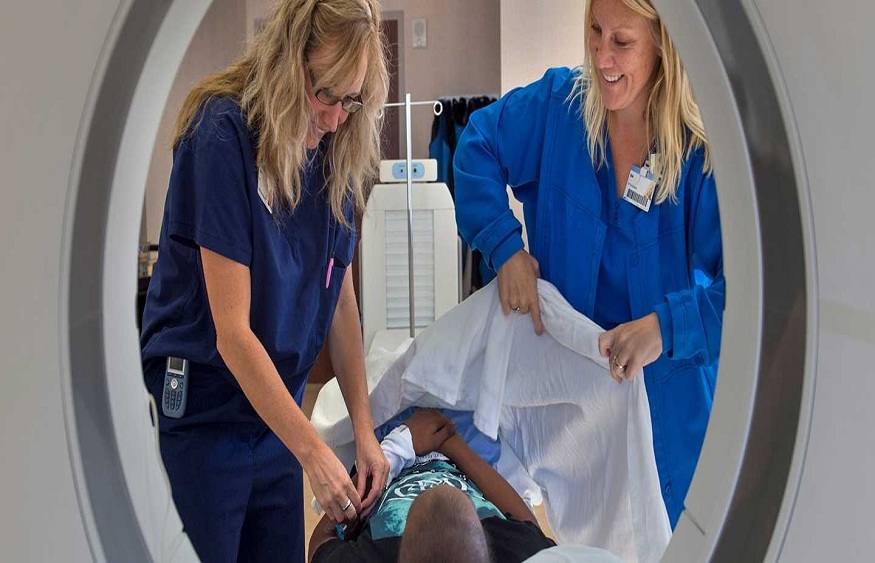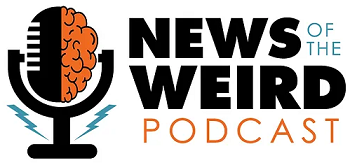
The basis of modern healthcare in the United States is diagnostic health imaging, which offers important insights into the intricate workings of the human body and facilitates the diagnosis and treatment of various medical disorders. Let’s explore the advantages of diagnostic health imaging for patients at images diagnostic center in usa, emphasizing its crucial function in healthcare.
Understanding Diagnostic Health Imaging’s Importance
Diagnostic imaging for health includes several procedures, such as X-rays, CT scans, MRI scans, and ultrasounds. These imaging techniques give medical personnel a view of the body’s internal architecture, which helps with recognizing, evaluating, and managing medical disorders.
Early Health Issues Detection
The capacity to aid in the early detection of health concerns is one of the main benefits of diagnostic health imaging. Imaging facilities can spot anomalies and potential diseases in their early stages by photographing the body’s organs and tissues. Early diagnosis is frequently vital in effective therapy and better patient outcomes.
Accuracy in Diagnosis
Precision in medical diagnosis is provided by diagnostic imaging. It makes it possible for medical professionals to determine the precise location, scope, and nature of a health risk. As an illustration, a CT scan can help create a tailored treatment plan by revealing the location and size of a tumor.
Plans for Individualized Treatment
The needs of each patient differ because they are all unique. Best diagnostic health imaging makes individualized treatment regimens for specific individuals possible. The exact state of a patient’s organs or tissues can be evaluated by doctors, who can then develop treatment plans tailored to that patient’s needs.
Reduce the Use of Invasive Procedures
Exploratory surgeries and other invasive procedures frequently include hazards and a time recovery period. By offering precise insights into the problem, diagnostic health imaging might reduce the necessity for such operations. Based on imaging results, doctors can make educated judgments that lower patient discomfort and healthcare expenses.
Observing the Spread of a Disease
Diagnostic imaging is essential for tracking the course of chronic illnesses like cancer or heart disease in patients. Regular imaging exams allow medical professionals to monitor changes in the disease’s condition and adapt treatment plans as necessary.
Making Timely Interventions Possible
Timely interventions can be the difference between life and death in emergencies. Diagnostic health imaging speeds up the diagnosis process, enabling doctors to make decisions and treat patients immediately. For instance, a quick CT scan can aid in the diagnosis and evaluation of the severity of a brain injury, allowing for prompt medical action.
Better Communication
For high-quality treatment, patients and healthcare professionals must communicate effectively. Diagnostic medical imaging provides visual proof, which can be shown to patients. Through these visuals, patients may see and comprehend their condition, which develops trust and teamwork and improves the quality of therapy.
lowering the cost of healthcare
Despite being an investment, diagnostic medical imaging can lower healthcare expenses. A more effective and less expensive course of treatment may result from early detection and accurate diagnosis. Additionally, it can avoid pointless examinations and treatments, significantly reducing healthcare costs.
Keeping an eye on chronic conditions
Patients with chronic illnesses frequently need continuing care, which can be costly. Diagnostic health imaging makes continuous monitoring of these disorders possible, allowing for quick intervention when required. This preventative approach can help avoid expensive hospital stays or trips to the emergency department.
Keeping medical mistakes at bay
By reducing medical errors, diagnostic imaging for health benefits healthcare cost containment. Accurate and thorough photos help medical professionals make educated judgments, lowering the possibility of incorrect diagnoses or pointless treatments that could have expensive legal repercussions.
Educating Patients
Patient participation in their healthcare is encouraged via diagnostic health imaging. Patients are more likely to follow treatment programs, alter their lifestyles as needed, and actively participate in their healthcare journey when they have a visual understanding of their disease.
Options for Treatment
Patients frequently have various therapy options when an early diagnosis is made. Patients can work with healthcare experts to choose a strategy that fits their values and preferences when informed about their disease and the available treatment alternatives.
lifestyle adjustments
Early detection offers a chance to change one’s lifestyle for many health conditions. Patients can make educated decisions regarding their nutrition, exercise routines, and other lifestyle changes that can improve their health and possibly stop the deterioration of their illness.
Mental Preparation
Early health issue detection enables individuals to mentally and emotionally prepare for what lies ahead. They can ask for help from friends, family, or support organizations, which will lessen the emotional stress that frequently comes with receiving a new diagnosis.
Active Involvement in Healthcare
Patients who feel empowered are more likely to take an active role in their healthcare. When patients know their situation, they can better communicate with medical professionals, ask pertinent questions, and choose the best action.
Bringing Down Healthcare Inequalities
Patient empowerment through early detection is one of the most essential steps in lowering healthcare inequities. People from marginalized communities can benefit from timely screenings and access to diagnostic health imaging by having the same possibilities for early detection and intervention as others.
Health Promotion and Prevention
A key component of preventative healthcare is early detection. Mammograms, colonoscopies, and bone density scans are routine screenings that allow people to actively monitor their health and catch any problems before they worsen.
Effective Interventions
Early diagnosis in emergencies can result in prompt interventions that save lives. For instance, imaging for aortic aneurysms enables elective surgery to stop rupture, a potentially fatal occurrence.
Customer-Centered Care
Patient-centered care is focused on empowering the patient. They are equipped with the knowledge and self-assurance to participate in shared decision-making with healthcare professionals, ensuring that their preferences and values are taken into account in the treatment plan.
Diagnostic health imaging problems
Diagnostic medical imaging has many benefits, but it also has drawbacks. There are issues with radiation exposure, data privacy, the requirement for continued professional development, and guaranteeing equal access to these cutting-edge diagnostic instruments, among others.
Conclusion
In conclusion, diagnostic health imaging plays a crucial role in American healthcare, providing advantages including early detection, accurate diagnoses, individualized treatment plans, and lower healthcare expenditures. Diagnostic imaging facilities substantially improve patient care and better healthcare outcomes by enabling prompt interventions and patient empowerment. Despite ongoing difficulties, diagnostic health imaging development indicates that patients across the United States will have a better and healthier future.



